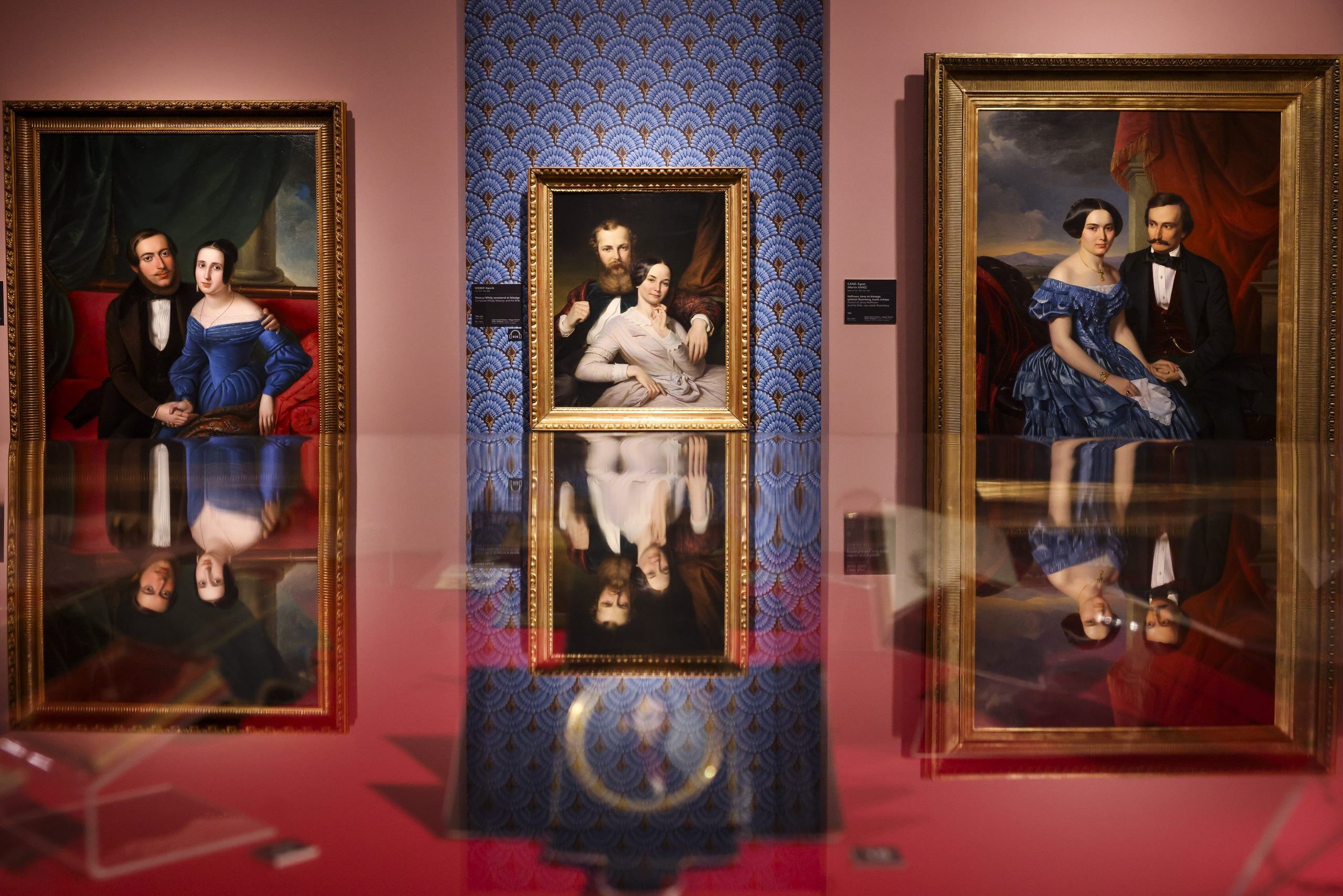
The collection is on display in Hungary for the first time.Continue reading

Over 300 works of art, including Hungarian and Austrian paintings, prints, furniture, costumes, and objects of daily use, are on display at the Hungarian National Gallery’s exhibition of everyday life in the first decades of the 19th century. The exhibition “Biedermeier Lifestyles. Art and the Rise of the Middle Classes in 19th-Century Hungary (1815-1867)” is open since Tuesday and can be seen until February 9, 2025.
At the opening of the exhibition on Monday, Zsófia Koncz, State Secretary for Families of the Ministry of Culture and Innovation, recalled that the 19th century brought many changes in society, economy, science, culture, and politics. The role of mothers, parents, spouses, children, siblings, and grandparents took center stage in that period. She stressed that the Ministry has made this exhibition a priority, as “it fits in very well with the family-friendly approach of the Hungarian government.”

Photo: MTI/Hegedüs Róbert
Annamária Vigh, Deputy Director of the Museum of Fine Arts – Hungarian National Gallery, said that
since the 1938 exhibition of paintings at the Kunsthalle (Budapest), no other exhibition had been opened that presented the Biedermeier style and the culture of the period in a complex way.
Adrienn Prágai, the exhibition’s curator, recalled that when she started to put together the material for the exhibition, an important aspect was to create a collection in which visitors could recognize themselves and to which they could relate their own life experiences. It is for this reason that the exhibition, based on the artistic memorabilia of the period, presents the Biedermeier spirit in all aspects of life, in the main stages and situations of the human journey.

Art historian Adrienn Prágai, curator of the exhibition. Photo: MTI/Hegedüs Róbert
In addition to iconic representations of Hungarian Biedermeier art, the exhibition also introduces the public to the works of the greatest masters of Viennese art of the time.
Alongside the period’s most important Hungarian artists, such as József Borsos and Miklós Barabás, the exhibition includes works by the greatest Austrian painters, for instance, Friedrich von Amerling, Ferdinand Georg Waldmüller, Josef Danhauser. Thanks to an extensive restoration program, visitors are also able see paintings previously not displayed besides the well-known works.

Photo: MTI/Hegedüs Róbert
The eleven-section exhibition takes the visitor through the different stages of human life, from birth to childhood and adolescence, through the social relationships of the individual – love, marriage, family – to the social context, including artistic vocations, contemporary forms of entertainment, and close ties with nature, and on to the artistic representation of death. The theme of death also appears in the collection as a personal grief caused by the frequent deaths of children during the period, as well as national mourning after the failed 1848 revolution, the curator concluded.
Via MTI, Featured image: MTI/Hegedüs Róbert